From the BCRA to the DGSE

Every era has its own threats, and the intelligence services have continually adapted to cope with them. Evoking the genealogy leading from the Bureau Central de Renseignements et d’Action (BCRA) to the Direction Générale de la Sécurité Extérieure (DGSE) is a means not only of paying tribute to the actions of our predecessors, but also of recalling our steadfast and meaningful commitment to the security of France and French nationals.
An intelligence service like the DGSE, whose activities are, by their very nature, focused on understanding the present and anticipating the future, has perhaps tended to neglect its past. Today, however, the DGSE is rediscovering its history, due in particular to the need for the younger generation of staff of the Service to understand its history, actions and modi operandi over the years and align their own engagement in the footsteps of their predecessors.
The DGSE is descended from the earlier special services of Free France, founded in London on 1 July 1940, which have been cemented in the collective memory as the Bureau Central de Renseignements et d’Action (Central Bureau of Intelligence and Action – BCRA). Illustrating this process of reappropriation of its own history, on 17 January 2012 the DGSE made a point of celebrating the 70th anniversary of the founding of the BCRA. The anniversary was marked by a formal ceremony in the main courtyard of the Hôtel des Invalides, presided over by the Minister of Defence, Gérard Longuet, and attended by civilian and military personnel of the DGSE and their BCRA predecessors, such as Stéphane Hessel and Daniel Cordier.
The ceremony involved the symbolic handing over of the flame of intelligence from the wartime generation to today’s DGSE officers, who are proud to preserve the memory of the BCRA’s 129 Companions of Liberation.
The lineage between the BCRA and DGSE is clear, despite changes of address, name, responsibilities and legal framework.
From St James’s Square to Boulevard Mortier: 75 years of history
The BCRA began life in London, in premises on St James’s Square, which soon became cramped. It then moved to number 10, Duke Street, near Oxford Street, in an office building originally comprising 27 rooms and described by Colonel Passy at the time as “an old building with faded walls”.
Increasing responsibilities meant that Colonel Passy had to recruit more and more staff who, finding themselves once more in cramped conditions, progressively colonised the neighbouring buildings of numbers 6 and 8 Duke Street.
In November 1943, under the name of Direction Générale des Services Spéciaux (Directorate-General for Special Services – DGSS), the BCRA merged with the special services set up under General Giraud in Algiers, which were largely the successors of the military intelligence services that predated the defeat of 1940.
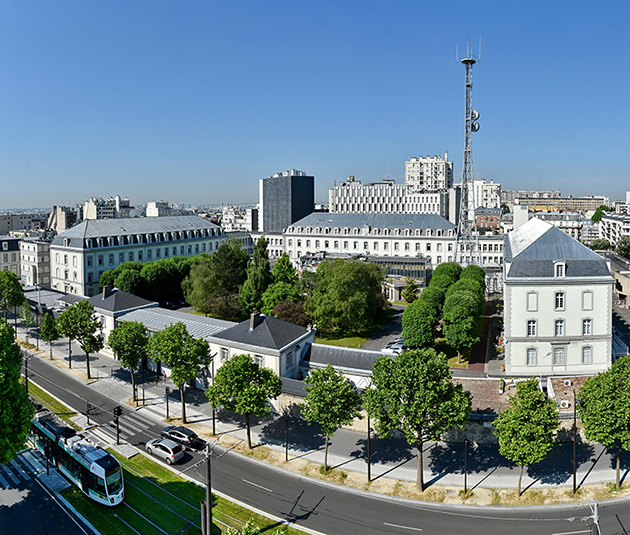
Les Tourelles in 2015. © DGSE
The landings in France and the liberation of Paris naturally led the Service to relocate to the French capital. On 25 August 1944, it acquired the Hotel Majestic on Avenue Kléber and the building at number 2 Boulevard Suchet, previously occupied by the Kriegsmarine.
On 26 October 1944, the DGSS was replaced by the Direction Générale des Études et Recherches (Directorate-General for Studies and Research – DGER). Having absorbed the personnel and resources of wartime, the DGER was grossly overstaffed and over-resourced, with more than 10 000 staff, 123 buildings and 1400 cars.
It needed to adapt to a world at peace, yet which was soon to see fresh tensions. Colonel Passy therefore set about restructuring the organisation and drastically reducing its staff. He wanted to equip France with a suitable intelligence service, based on the British model. The Service de Documentation Extérieure et de Contre-Espionnage (Foreign Documentation and Counter-Espionage Service – SDECE), which came into being in 1946, had more reasonable staffing numbers: 880 civilians, 600 military and 750 contract staff. The SDECE moved to Boulevard Mortier, where it has remained ever since, only changing its name in 1982 to become the DGSE.
Structural reform, continuity of principles
In 1945, at General de Gaulle’s request, Colonel Passy restructured the foreign intelligence service, incorporating what had been the BCRA’s strengths and retaining two fundamental organisational principles, which remain in place today.
First of all, the unitary, integrated character of the Service: the BCRA’s strength lay in its organisational unity. A single service coordinated all foreign intelligence and underground activities. It had all the necessary human, technical and operational capabilities, under a single command, to respond rapidly and effectively. That principle has been maintained and even reinforced at the DGSE today. Because of its integrated character, the Service makes up for its comparative numerical disadvantage (compared to its British and German partners, for example) with its rapid response capability, owing to the integration of human, technical and operational sensors positioned as close as possible to the analysts, and its intervention and underground action capability.
Second, the Service comes under the political authorities rather than the armed forces. It should be understood as a civilian organisation, separate from the military command structure. The SDECE came under the direct authority of the French prime minister’s office until 1966, when General de Gaulle partly went back on his decision and attached it to the defence ministry. These principles are inalienable. But in order to remain effective and relevant, the DGSE has had to adapt.
Resources and responsibilities
Born of the experience of the underground struggle of the Resistance, the Service began by adapting to France’s geopolitical situation. Involved in the Indochina and Algerian wars in particular, its role in the Cold War context was to gather intelligence on the Soviet bloc and maintain an interest and a major deployment of resources in Africa.
Since the end of the Cold War, the Service has adapted to a world of greater uncertainty and instability – due to the threats posed by terrorism, the proliferation of weapons of mass destruction, international criminality, new international crises, hostage taking, cyber attacks, etc. Its geographical scope is essentially outside the French borders, where it uses underground methods of intelligence gathering. The two White Papers on defence and national security of 2008 and 2013 and the National Intelligence Policy Plan (PNOR) today set out clear priorities for the DGSE in the fields of knowledge and anticipation.
The Service has also adapted to the different technological revolutions, in order to maintain its situation monitoring and international communications interception capabilities.
Today, the DGSE has over 6 000 staff with diverse statuses (27% military, 50% civil servants, 23% contract staff) and multiple, complementary talents (analysts, intelligence officers, linguists, telecom engineers, crypto-mathematicians, signal technicians, experts, etc.).
Intelligence, at the heart of democracy
From the end of the 1980s, the Service underwent a radical reform to align itself with the major administrative measures being taken elsewhere. It resumed its central place within the State apparatus and gained in credibility. It opened up more broadly to civil society, breaking with a tradition of internal recruitment to recruit civilian graduates, both through competitive examinations and by contract.
The Service has adapted to the requirements of transparency and democracy. The DGSE contributes to protecting France’s fundamental interests and preserving its democratic tradition. French citizens must have the assurance that the DGSE’s activities are in accordance with the principles of the rule of law and with the ethics and values of the French Republic. For that reason, the DGSE is subject both to government supervision and to specific complementary internal and external controls.
It has an inspectorate-general and an internal audit responsibility. External controls take the form of parliamentary monitoring performed by the parliamentary delegation on intelligence, created by Law No 2007-1443 of 9 October 2007. Finally, controls are performed by a variety of bodies like the intelligence services inspectorate, or by independent administrative authorities, such as the National Commission on Information Technology and Freedoms (CNIL), the Advisory Commission on National Defence Secrets (CCSDN), the Commission on Special Fund Checks (CVFS) and the National Commission for the Monitoring of Security Interceptions (CNCIS), replaced by the National Commission for the Monitoring of Intelligence Techniques (CNCTR), created by the Intelligence Act of 2015.
Although the BCRA was created by a simple memo from General de Gaulle’s private staff office in 1942, it was not until the 2015 Intelligence Act that the national government at last officially recognised the intelligence sector and its place at the heart of democracy.
THE DGSE IN BRIEF
Part of the Ministry of Defence
Staff (2015): 6 300 (27% military, 73% civilians)
Budget (2014): approx. € 750 million
Headquarters: La Centrale, Boulevard Mortier, Paris
Director-General: Bernard Bajolet
DGSE
FIND OUT MORE
Jacques Soustelle, director-general from 1944 to 1945. © DGSE
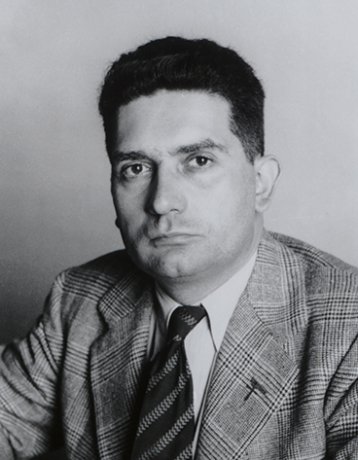
Jacques Soustelle, directeur général de 1944 à 1945. © DGSE
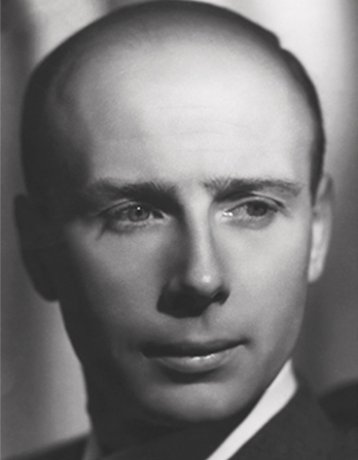
André Dewavrin, directeur général de 1945 à 1946. © DGSE
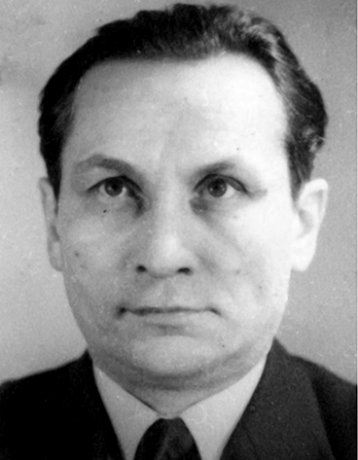
Henri Ribière, directeur général de 1946 à 1950. © DGSE
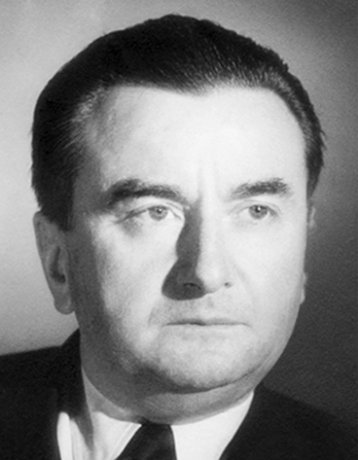
Pierre Boursicot, directeur général de 1950 à 1957. © DGSE
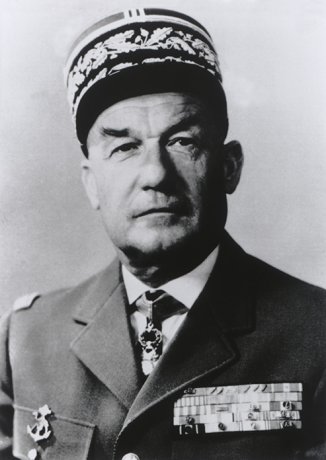
Paul Grossin, directeur général de 1957 à 1962. © DGSE
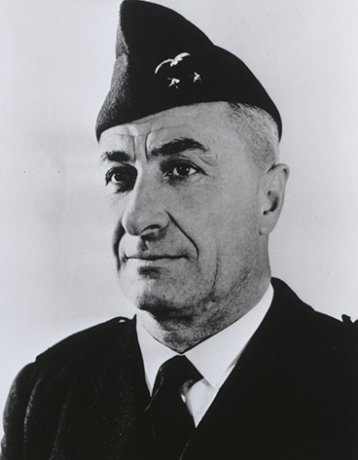
Paul Jacquier, directeur général de 1962 à 1966. © DGSE
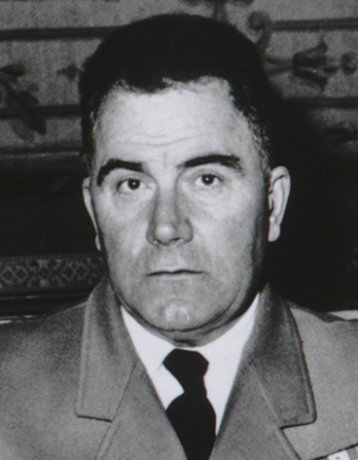
Eugène Guibaud, directeur général de 1966 à 1970. © DGSE
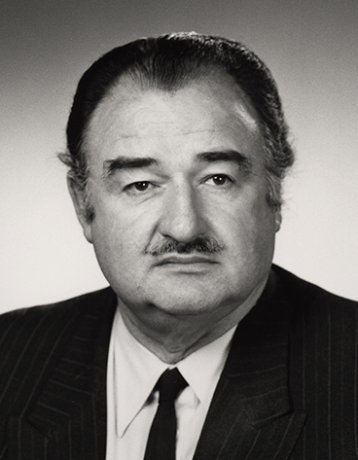
Alexandre de Marenches, directeur général de 1970 à 1981. © DGSE
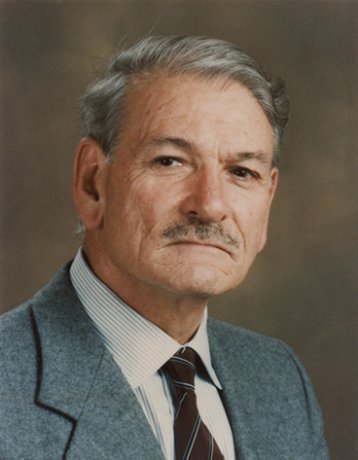
Pierre Marion, directeur général de 1981 à 1982. © DGSE
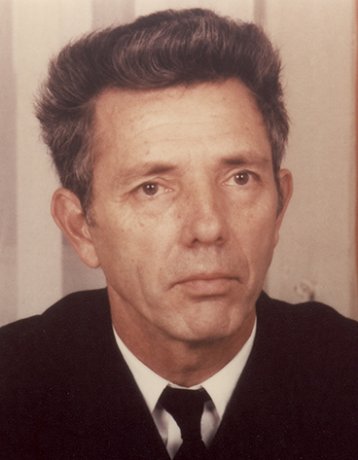
Pierre Lacoste, directeur général de 1982 à 1985. © DGSE
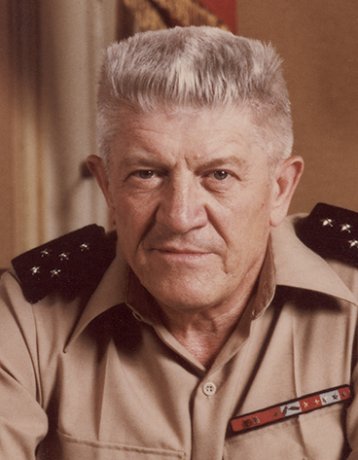
André Imbot, directeur général de 1985 à 1987. © DGSE
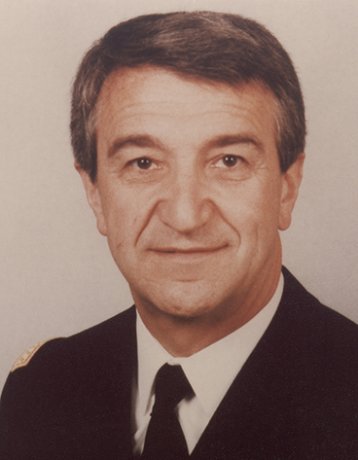
François Mermet, directeur général de 1987 à 1989. © DGSE
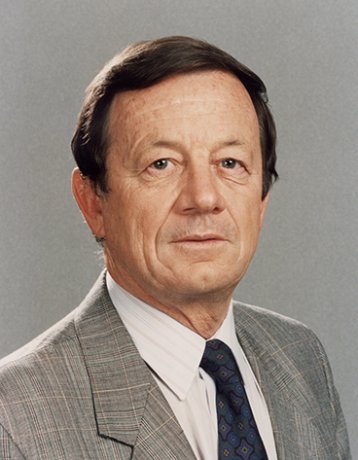
Claude Silberzahn, directeur général de 1989 à 1993. © DGSE
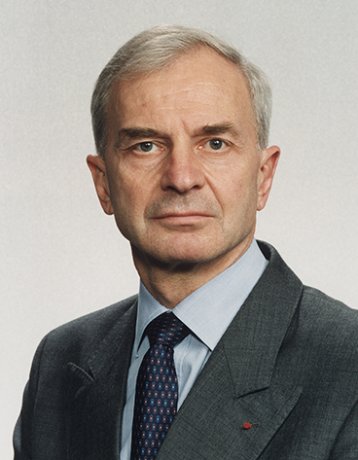
Jacques Dewatre, directeur général de 1993 à 2000. © DGSE
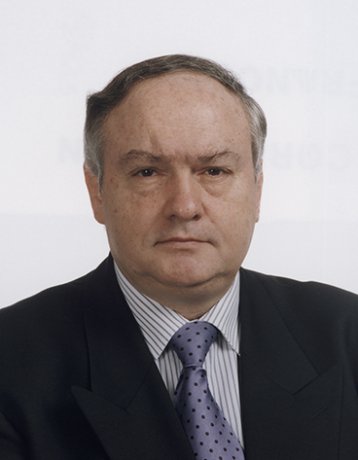
Jean-Claude Cousseran, directeur général de 2000 à 2002. © DGSE
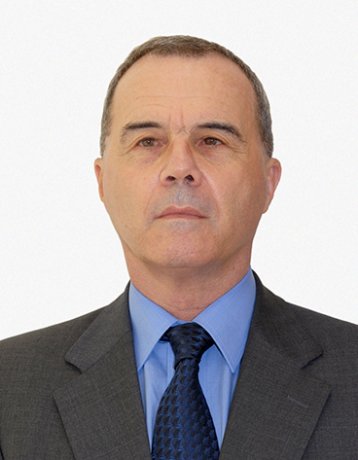
Pierre Brochand, directeur général de 2002 à 2008. © DGSE
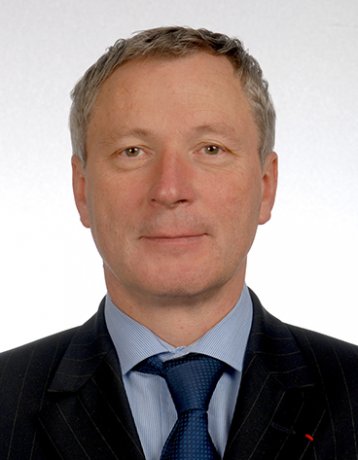
Erard Corbin de Mangoux, directeur général de 2008 à 2013. © DGSE
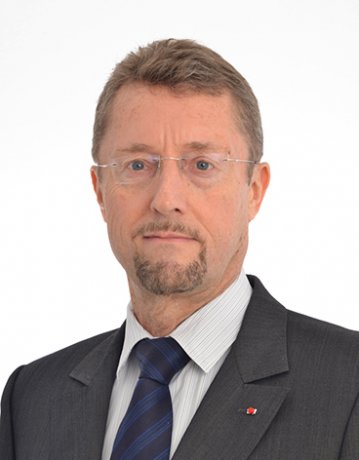
Bernard Bajolet, directeur général de 2013 à... © DGSE

